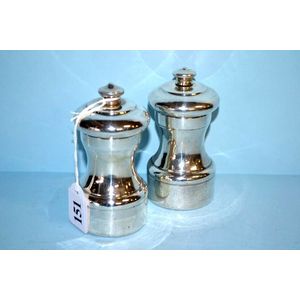French Kingwood Serpentine Secrétaire with Ormolu and Marble Top
You must be a subscriber, and be logged in to view price and dealer details.
Subscribe Now to view actual auction price for this item
When you subscribe, you have the option of setting the currency in which to display prices to $Au, $US, $NZ or Stg.
- Serpentine - Resembling a serpent, in the form of an elongated 'S'. A serpentine front is similar to a bow front, except that the curve is shallow at each end, swelling towards the middle. The term presumably derives from its similarity to a moving snake or serpent. Serpentine fronts are usually veneered, with the carcase either being cut and shaped from a solid piece of timber, or built in the 'brick' method.
- Ormolu - Ormolu was popular with French craftsmen in the 18th and 19th century for ornamental fittings for furniture, clocks and other decorative items. True ormolu is gilt bronze, that is bronze that has been coated with gold using a mercury amalgam. Due to the health risks associated with using mercury, this method of creating ormolu was discontinued in France in the 1830s. A substitute was developed consisting of about 75% copper and 25% zinc, however it was inferior to the bronze version. It was often lacquered to prevent it tarnishing.
This item has been included into following indexes:
- chests of drawers, period - Victorian 1,216
-
chests of drawers, style
- five drawer 286
- secretaire 89
- commodes and chests, timber - kingwood 153
Visually similar items

Pair of sterling silver pepper grinders

Exhibition quality Satsuma vase, of attractive proportions, the blue ground with raised gilt floral decoration, finely painted panels. The front is of elegant ladies and girls, the verso with noblemen and a boy, signed Kinkozan. Height 30 cm

A Chinese blue and white sleeve vase, 19th century, Kangxi mark to base, 30 cm high

Ludwig Mies van der Rohe (German, 1886 -1969), Barcelona Day Bed, designed 1930, manufactured by Knoll, tan buttoned leather upholstery on wooden and chrome plated steel base, stamped 'Knoll Studio, Mies Van der Rohe', width 198 cm
